
Similar Posts
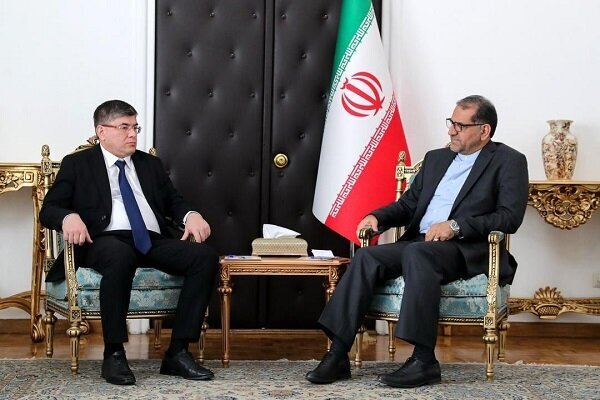
Tehran and Tashkent Boost Bilateral Relations: A Commitment to Expanding Cooperation Across All Sectors
Uzbekistan’s Ambassador to Iran, Fariddin Nasriyev, met with Iran’s Deputy First Vice President, Ali Najafi Khoshroudi, in Tehran to strengthen bilateral relations. The discussions emphasized the historical and cultural ties between the two nations, advocating for increased trade exchanges and smoother economic relations. They also proposed future meetings and the organization of the Iran-Uzbekistan Joint Economic Cooperation Commission to enhance collaboration. This diplomatic engagement signals a commitment to fostering cooperation in trade, culture, and regional stability, showcasing how shared interests can lead to fruitful partnerships for both countries in an interconnected global landscape.
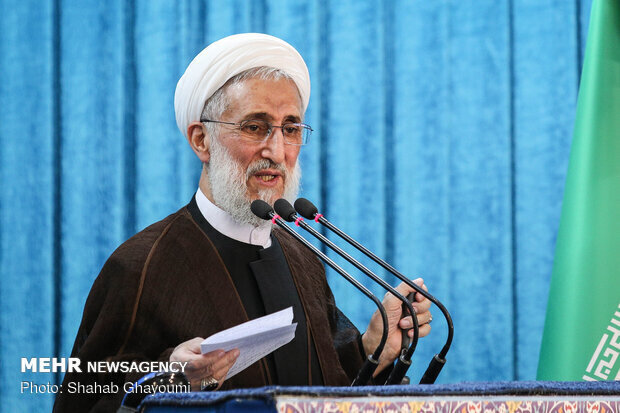
Cleric Calls for Boosted Initiatives to Attract Investment Opportunities
As the year 1404 begins, Ayatollah Seyyed Ali Khamenei emphasizes “Investments for Production” as crucial for Iran’s economic growth and job creation. Senior cleric Kazem Sediqi supports this theme, urging the government to foster a favorable investment climate and encourage public participation in production ventures. He highlights the importance of supporting knowledge-based companies and instilling a culture that values investment. Sediqi stresses that without a strong investment foundation, goals of enhancing production and job creation will remain unmet. The collaborative efforts of government, private sector, and citizens are essential to leverage investment for a prosperous future.
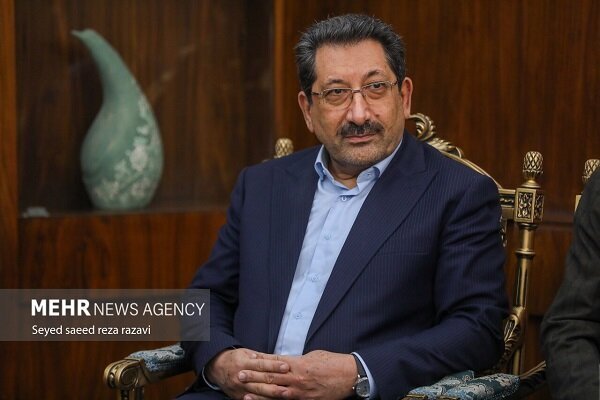
Iran Poised to Fulfill Tajikistan’s Industrial Demands, Says Minister
At the 7th Export Potential Exhibition “Iran Expo 2025,” Iranian officials highlighted the strengthening of ties with Tajikistan, focusing on expanding cooperation in steel, rebar, chemicals, and food industries. Iranian Minister of Industry, Mine and Trade, Atabak, reaffirmed Iran’s readiness to supply Tajikistan with steel and rebar and emphasized the importance of their bilateral relationship. Discussions also included the establishment of pharmaceutical factories and enhancing Tajikistan’s mining infrastructure through collaboration with Iran’s IMIDRO. These initiatives signify a proactive approach to mutual economic growth, promising enhanced stability and interdependence as both nations explore further opportunities for collaboration.
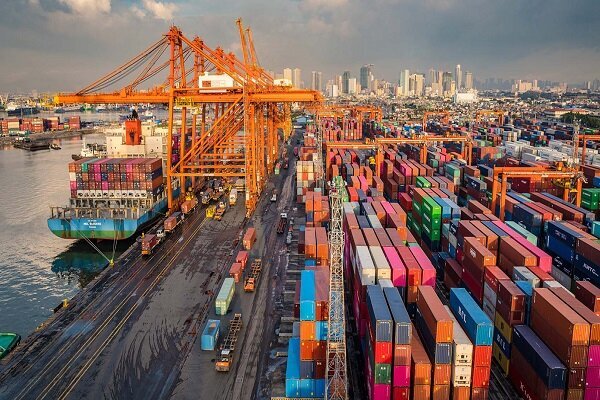
Iran and Pakistan Set Ambitious Goal to Elevate Bilateral Trade Beyond $10 Billion
Trade between Iran and Pakistan offers a strategic opportunity for economic growth, reducing costs and enhancing cooperation due to their geographic proximity. By eliminating trade barriers like cumbersome customs and outdated tariffs, they aim for an ambitious target of $10 billion in annual bilateral trade. Ambassador Reza Amiri-Moqaddam emphasizes the importance of barter trade, minimizing reliance on foreign currencies. Key benefits include lower transportation costs, currency protection, and streamlined customs procedures, fostering a dynamic trade environment. This partnership can serve as a model for regional stability and prosperity, enhancing job opportunities and improving the quality of life for citizens in both nations.
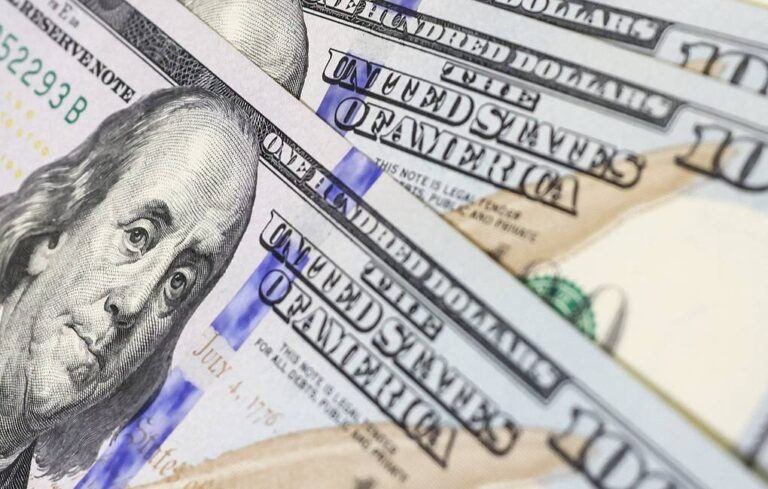
IMF Greenlights $400 Million Aid Package for Ukraine: A Boost for Economic Recovery
The International Monetary Fund (IMF) has completed its Seventh Review of the Extended Arrangement under the Extended Fund Facility (EFF) for Ukraine, enabling a $400 million disbursement to support the country’s budget amid economic challenges. This funding raises total IMF support to $10.1 billion. The IMF emphasizes the importance of sustained reforms, revenue mobilization, and timely external aid for Ukraine’s recovery. Key reforms include enacting a tobacco excise tax and improving governance. Projections indicate ongoing economic struggles, with GDP growth expected at 2-3% in 2025. The IMF highlights the need for continued progress in anti-corruption efforts and fiscal sustainability.

Iran Sees 1.2% Surge in Mining Exports Over 11-Month Period: A Positive Trend in Resource Trade
Iran’s mining and metals sector has shown resilience, exporting over 58.5 million metric tons of products worth nearly $9.821 billion from April to February. Exports rose by 1.2% in value and 0.4% in volume, driven by key products like steel, aluminum, and copper. However, steel exports have faced a decline, with a 6.7% drop in semi-finished steel production due to energy supply challenges. Conversely, the Iranian state copper company reported a remarkable 956% increase in international sales, totaling $644 million. Despite challenges, the sector remains vital to Iran’s economy, emphasizing the need for strategic adaptations and sustainable practices.